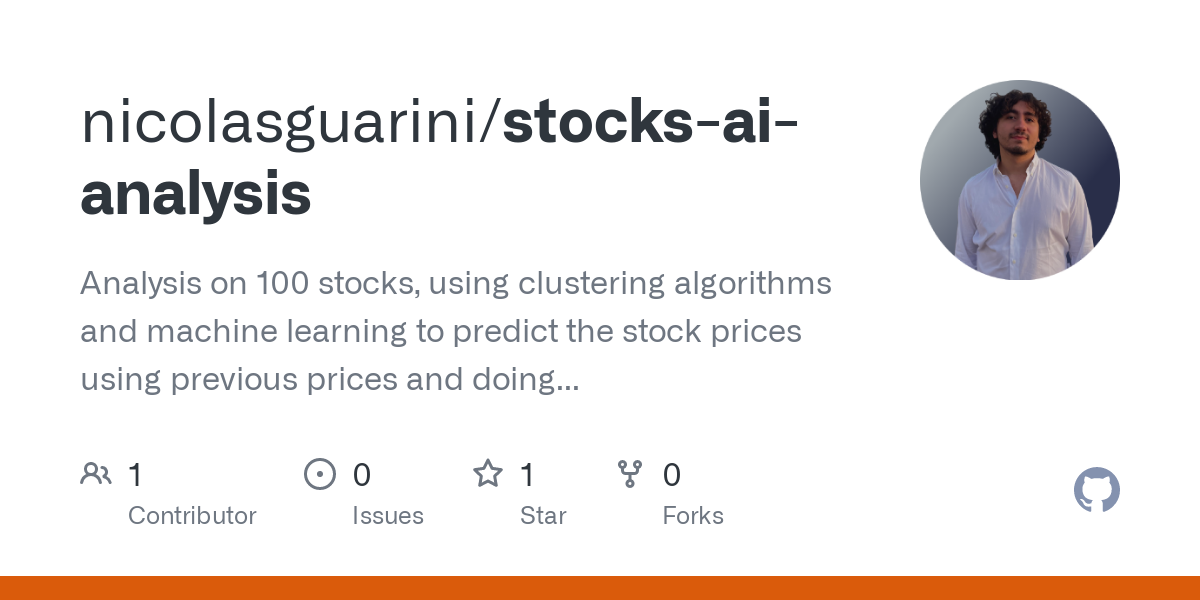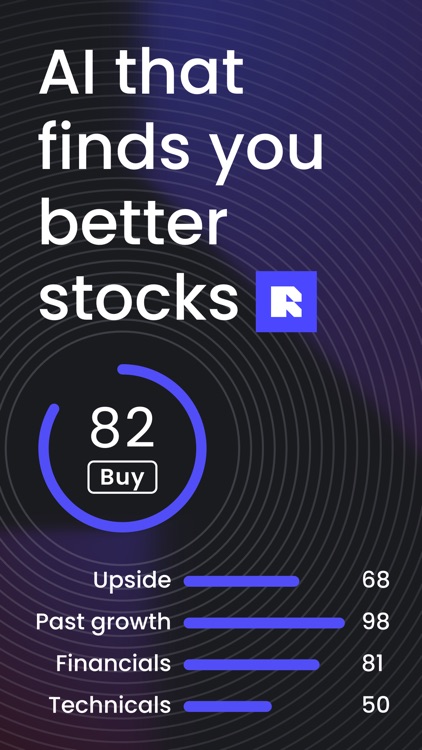20 Best Tips For Deciding On AI Stock {Investing|Trading|Prediction|Analysis) Sites
20 Best Tips For Deciding On AI Stock {Investing|Trading|Prediction|Analysis) Sites
Blog Article
Top 10 Tips On Assessing The Strategy Customization Of Ai Stock Forecasting And Analyzing Trading Platforms
AI trading platforms that can predict or analyze stocks are well-known for their ability to tailor strategies to meet the needs of their users. This lets them adjust to specific goals and conditions, including risk tolerance. A platform offering a range of options for customization can improve your trading. Here are 10 tips to help you evaluate the ability of the platform to tailor your strategy
1. Evaluate Pre-Built Strategy Templates
Many templates - Look to see if there's pre-built strategies that cater for different styles of trading.
You can easily modify the templates and tailor them to meet your particular needs.
Performance history: Verify whether the platform offers historical performance information for the pre-built strategies.
2. Assessment Custom Strategy
Drag-and-drop tools Search for platforms that offer intuitive drag-and-drop interfaces that allow you to design unique strategies.
Coding options: Determine whether the platform allows custom programming (e.g., Python, R or other proprietary scripting languages) for advanced users.
Flexibility - Ensure that the platform you select allows you to set rules for the entry and exit of your business, as well as parameters to manage risk, as well as other important components of your strategic plan.
3. Check for Backtesting Capabilities
Data historical: See whether you have enough data to backtest your strategies.
Modifiable parameters - Make sure that you are able to alter parameters (e.g. timeframes, indicator) when backtesting.
Performance metrics: Verify whether the platform provides specific performance metrics that can be used to backtest strategies (e.g. win rate, sharpe ratio, drawdown).
4. Evaluate Real-Time Strategy Testing
Paper trading or simulation Check that the platform supports paper trading options that let you test trading strategies in real-time and without putting your money at risk.
Live testing is a fantastic method to determine whether your plan can be tested in the real market with tiny amounts.
Real-time Adjustments: Test whether you can adjust your settings in real time, based upon the market's conditions.
5. Assessment of Integration using Technical Indicators
Find out if there's an indicator library.
Custom indicators It is possible to create or import your own indicators that you can use for your plans.
Combination of indicators: Look whether the platform allows combining multiple indicators to support more complex strategies.
6. Check for Risk Management Tools
Stop-loss/take-profit: Ensure the platform allows you to set stop-loss and take-profit levels within your strategies.
Position sizing. Make sure you have defined rules on how to manage your risk (e.g. an amount that is set or percentage of your portfolio).
Risk-reward ratio: Examine the support of the platform to set risk/reward ratios on individual trades or strategies for trading.
7. Evaluate Multi-Asset Strategy Support
Asset Classes: Ensure that the platform is able to support strategies for a variety of asset types (e.g. ETFs, Options, Forex, Stocks).
Cross-asset strategy: See if you are able to develop strategies that incorporate various types of assets (e.g. pairs trading or hedges, etc.).
Market coverage: Check if the platform has coverage for the markets you're looking for (e.g., US, international, cryptocurrencies).
8. Evaluate Automation and Execution
Automated trading. Ensure the platform supports automated execution based on predefined strategies.
Order types: Determine if your platform supports different kinds of orders (e.g. market limit, limit, or stop) to carry out your the strategy.
The Latency Checker: Ensure that the platform allows for trades to be executed with minimal delay. This is especially important when it comes to high-frequency strategy.
9. Check for Strategy Optimizing Tools
Parameter optimization. Make sure your platform allows you to optimize the parameters of your plan (e.g. Grid search Genetic algorithms).
Machine learning: Make sure the platform has machine learning to help refine and optimise strategies.
Scenario analysis: Check if the platform allows you to test various strategies under different market situations (e.g. bear or bull, volatile).
Review User Feedback
User feedback: Utilize user feedback to evaluate the efficacy of the platform to tailor strategies.
Forums for community members. Check if users are able to share information and discuss their methods within a lively and vibrant community.
Support resources: Ensure whether the platform offers documentation, tutorials, and webinars that can aid users in developing and improving strategies.
Bonus Tips
Trial period - Take advantage of the free trial to test the strategy's customization capabilities.
Scalability: Ensure your platform can deal with complex strategies that evolve as you trade.
Customer Support: Verify that the platform has assistance for any concerns related to strategy or questions.
These tips will aid you in assessing the capability of AI trading platforms to modify their strategies. You'll be able choose the best platform for your trading needs and allows for you to refine and implement your plan. A platform that is robustly customizable capabilities will allow you to adapt to changes in market conditions and enhance your trading performance. Read the top full report about using ai to trade stocks for more info including stock analysis websites, ai trading bot, ai stock picks, ai stock trading app, best ai for trading, ai trader, stock market software, stock analysis tool, copyright ai trading bot, ai trading software and more.
Top 10 Tips For Evaluating The Effectiveness Of Ai Stock Predicting/Analyzing Trading Platforms
Scalability is an important aspect in determining if AI-driven platforms for stock forecasting and trading can cope with the increasing demand of users, data volumes and market complexity. Here are the top 10 ways to assess the scaleability.
1. Evaluate Data Handling Capacity
Tip: Make sure the platform you're considering can handle and analyze large data sets.
The reason: A scalable platform should be capable of handling the ever-growing volumes of data with no degradation in performance.
2. Check out real-time processing capabilities
Tip: Assess how well the platform processes real-time data streams, for example, live stock prices, or breaking news.
The reason is that real-time trading decisions require analysis of data in real-time. Delays can result in lost opportunities.
3. Check Cloud Infrastructure and Elasticity
Tip: Check whether the platform is able to dynamically scale resources and uses cloud infrastructure (e.g. AWS Cloud, Google Cloud, Azure).
Why cloud platforms are so popular: They provide flexibility, allowing the system to expand or contract based on demand.
4. Algorithm Efficiency
Tips: Find out the effectiveness of AI models employed to predict (e.g. Deep Learning or Reinforcement learning).
The reason: Complex algorithms can be resource-intensive. Optimizing them is the most effective way to scale.
5. Examine Distributed and Parallel Computing
Tip: Verify if the platform uses the frameworks of parallel processing or distributed computing frameworks.
Why: These technologies allow quicker data processing and analysis across multiple nodes.
Examine API Integration. API Integration.
Test the platform’s ability to connect external APIs.
Why? Because the platform can adapt to the changing requirements of markets and sources of data because of seamless integration.
7. Analyze User Load Handling
You can simulate high user traffic and see how the platform responds.
Why: A scalable platform must be able to maintain its performance as the amount of users increases.
8. Study the Model Retraining adaptability
Tip: Check how often the AI model is retrained and at what rate.
Why? Models have to constantly change to keep up with the ever-changing market to ensure that they remain precise.
9. Verify fault tolerance and redundancy
Tip: Ensure the platform has failover mechanisms and redundancy in case of hardware or software failures.
Why Trading is expensive, so fault tolerance and scalability are essential.
10. Monitor Cost Efficiency
Review the costs involved in scaling up the platform. This includes cloud resources, data storage, as in addition to computational power.
Why: It's important to maintain a healthy balance between performance costs and expenses.
Bonus Tip Future-proofing
Assuring that the platform will be able to adapt to new technologies (e.g. advanced NLP quantum computing) and regulatory changes.
You can evaluate the scalability and efficiency of AI trading and stock prediction platforms by paying attention to this particular aspect. This will guarantee that they're effective as well as robust and ready for growth. See the recommended trader ai intal recommendations for site examples including best ai stock, ai for trading, ai investing, ai stock trading app, ai stock market, best stock analysis website, trader ai, ai based trading platform, incite, trading with ai and more.